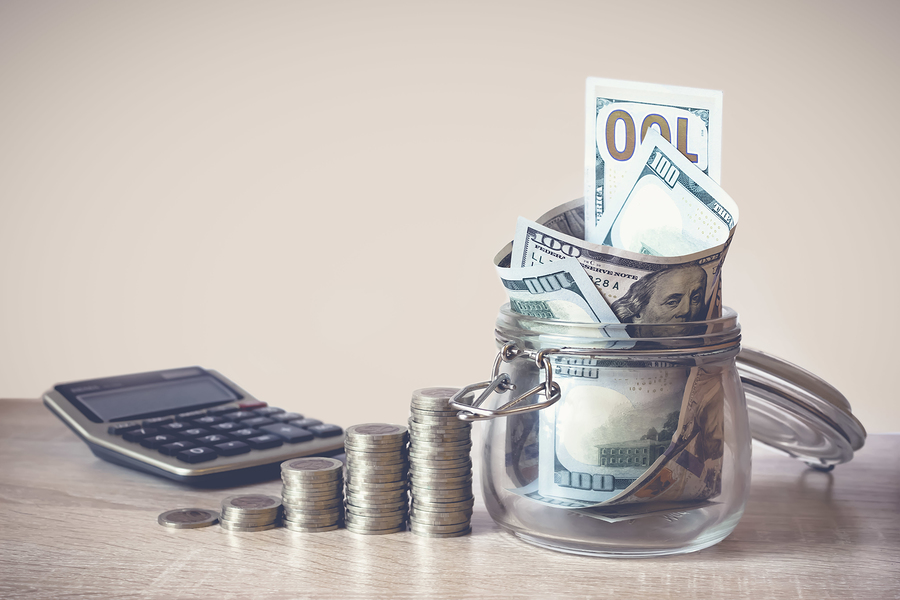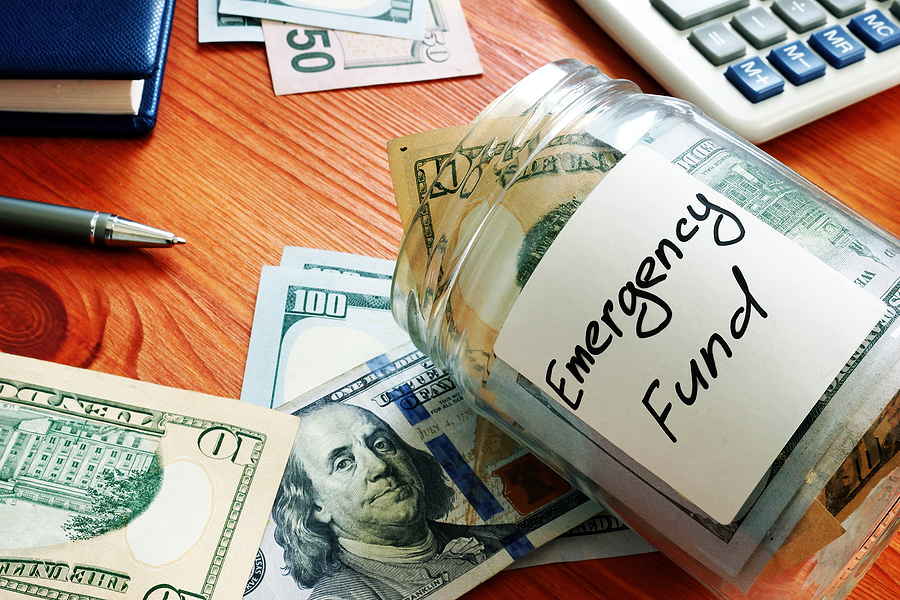An emergency fund is a financial tool that can get you out of hot water — and get you out of it quickly. It’s an excellent savings goal to give yourself. But before you start putting yours together, you should read these three essential tips:
1. Have Other Back-Up Plans
An emergency fund isn’t an instantaneous safety net. It takes time and effort to build up, especially when you’re only putting a small amount in the fund every month. There will be a period of time when the fund will be practically unusable.
So, you will want to look into different types of financial back-up plans that you can rely on while you’re still building up your emergency fund. What are some options? You could use your credit card to cover emergency costs, as long as those costs don’t push your balance past your approved limit. You could ask a trusted friend or family member for an IOU. Or you could apply for a loan if these solutions aren’t available to you. Look up how you can apply for Ohio loans online and get the funds that you need to recover from small emergencies. The information could come in handy.
2. Get Serious about Saving
How do you start saving for an emergency fund? The first step is to make a budget. You can do this by downloading one of the best budgeting apps out there and following the instructions. Or you could open a spreadsheet. Fill in the tabs with your current monthly income and expenses, and then calculate how much money you have leftover by the end of the month. These leftovers can be put towards your savings goals, including your emergency fund.
If you want to save more money, you can increase your savings by cutting your monthly costs or boosting your income. Asking for a raise, signing up for another job and selling your unwanted things online are all ways that you can give your income a quick boost. Soon enough, you’ll have a substantial amount of savings on-hand.
How much should you try to save? It depends on what you intend to use your emergency fund for. If you’re only hoping to use it for small, unexpected problems like plumbing trouble or car repairs, then you should aspire to save up $1000-$2000 in your account.
If you intend to use it for major life upheavals, like job loss, then financial experts recommend that you save up three to six months’ worth of expenses in your fund. That could help you survive with no income for a significant amount of time.
3. Let It Grow
An essential rule for making an emergency fund is that you should leave it alone and let it grow. Don’t touch it unless you absolutely have to.
There won’t be any financial penalties for taking money out of your emergency fund “early.” It’s not like a retirement fund. The only consequence is that you’re sabotaging your own financial security. If you pull money from this savings fund every time that you need some extra cash for groceries or you want to go shopping for something nice, you’re not going to have much of a safety net to rely on.
Don’t let yourself get in hot water ever again. Start collecting savings and make an emergency fund right now.
Image Source: BigStockPhoto.com (Licensed)
Related Categories: Money, Reviews








